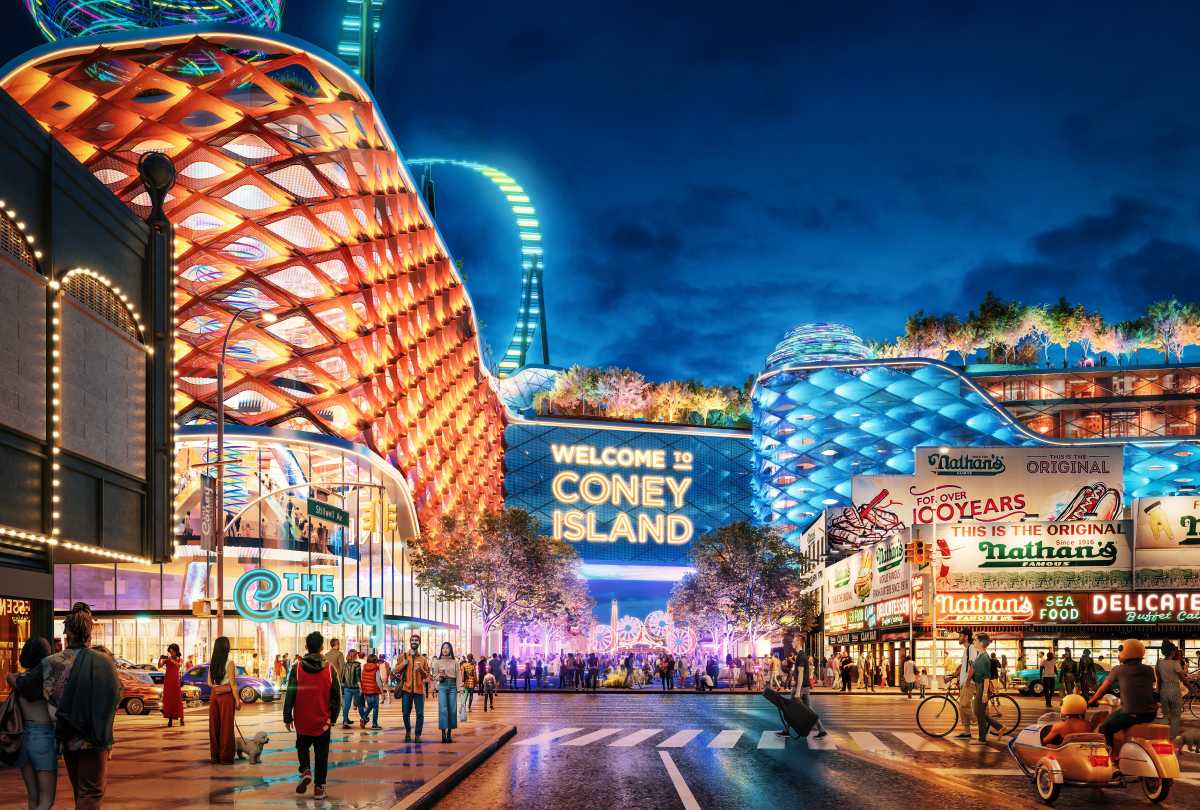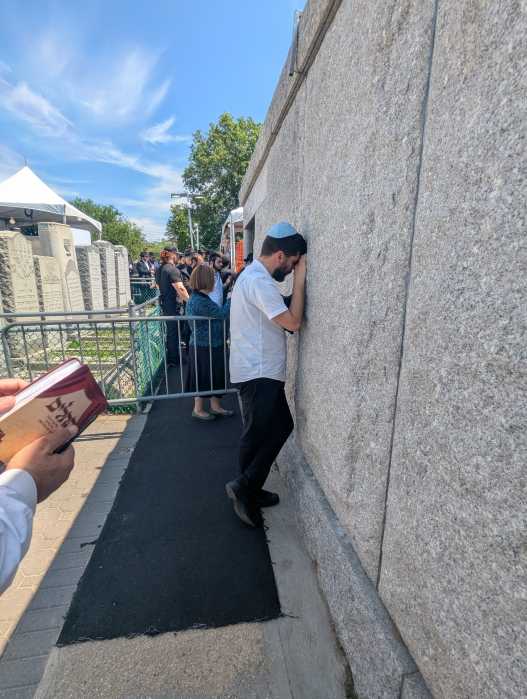Most Americans live in cities and suburbs, but the infrastructure and mass transit that make city life possible don’t seem like a priority for the 2016 presidential candidates.
Nationally, budget shortfalls are leading to service cuts, and repairs and transportation projects are being delayed or canceled because of less federal funding. In California, transportation officials reported a $5.7 billion yearly funding gap over the next decade.
The situation is worse in the transit-dependent Northeast. Boston’s record snowfall this winter and Superstorm Sandy in NYC taught us the importance of maintaining transportation infrastructure.
Mayor Bill de Blasio has called on an increase in federal transportation funding, but his mayoral progressive agenda doesn’t specifically target mass transit. A continuing Harvard University study shows that when people have a hard time commuting to jobs, they have a tough time moving out of poverty, so focusing on a higher minimum wage or affordable housing, as de Blasio has, works only if there is access to reliable and efficient transportation.
State officials have shown little interest in plugging the MTA’s $15 billion shortfall.
President Barack Obama’s vision of national rail service and repairs to aging infrastructure has stalled. Since 2009, Congress has patched transportation funding through short-term measures. The latest keeps highway and transit aid available until July 31.
Nationally, 10.8 billion trips in transit ridership were recorded in 2014, while more than 200 million trips are made every day by motorists across decaying bridges. Infrastructure and mass transit should be discussed during the presidential debates.
The crosstown buses at 50th Street and Eighth Avenue used to run frequently, but are now scheduled every half-hour in the evenings. They rarely arrive on time, and the MTA bus app is cumbersome and unreliable.
Recently, tired of waiting, I walked home, crossing many buckled and potholed streets. NYC is supposed to be world-class, but London and Beijing are investing in transit and rail projects and that will ensure their standing as global destinations.
Curious to see how far off the schedule the bus would be, I stayed on 50th Street, wending my way east to Second Avenue.
No bus passed.
Leida Snow is a former theater critic.





































